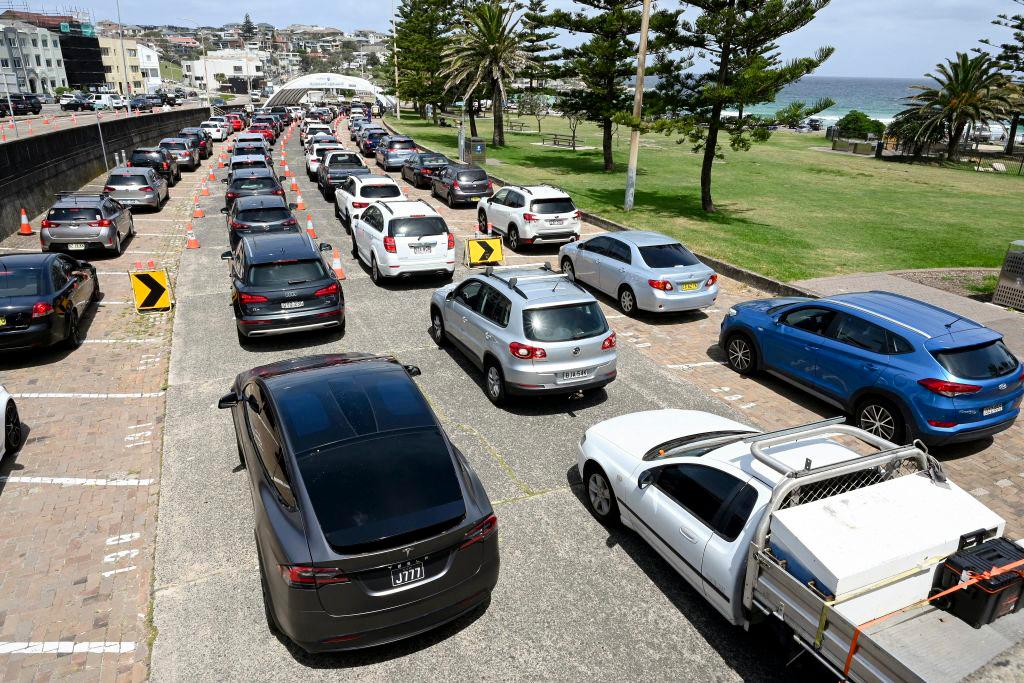Australian households spend more than $450 (US$296) a week on private transport—and as much as $563 in one capital city—as prices in the sector continue to rise, a report shows.
But consumers’ choice of vehicles could be the major factor in accelerating price rises, with large SUVs and utes soaring in popularity and costing significantly more than the passenger cars they replace.
The Australian Automobile Association released the findings on May 9 in its Transport Affordability Index, which reveals the average household’s transport costs rose by 4.5 percent in the first three months of the year and by 10 percent in the year to March.
The findings come as the federal government prepares to introduce new fuel-efficiency rules for the Australian automotive market that could bring more low-emission models to the country, lowering fuel bills.
The automobile association’s research, which is released quarterly, surveys households in capital cities and regional towns and calculates transport costs based on a family of four with two adults working full-time, two children, and two cars.
It found families in capital cities paid an average of $487 a week for transport between January and March, up $18 from the December quarter.
But households in Melbourne paid significantly more at $563 per week, while Brisbane families paid $555 per week, and those in Sydney paid $521.
Households in Hobart ($428), Darwin ($447), and Adelaide ($447) scraped in under the weekly average.
Transport costs also impacted households in regional areas, with the report finding the average outlay had risen by $20 to $416 a week.
Households in Geelong in Victoria ($443), Alice Springs in the Northern Territory ($442), and Western Australia’s Bunbury ($438) paid the highest weekly transport costs.
Car payments made up the biggest share of transport costs at 46 percent, followed by fuel bills (22 percent), and insurance (9.3 percent).
Automobile association managing director Michael Bradley said the rises were being driven by higher prices for new cars and the popularity of larger vehicles.
He said governments should carefully consider those costs when formulating fiscal policies.
“The continuing decline of transport affordability is a heavy burden at a time when Australians are feeling cost-of-living pressures across the board,” he said.
“Transport is a significant and unavoidable expense for households and is also one of the key drivers of general inflation.”
Australian motorists have purchased a record number of vehicles this year, with figures from the Federal Chamber of Automotive Industries last week revealing more than 401,000 new vehicles were sold in April - a rise of more than 50,000 compared to same time last year.
SUVs were the most popular type of vehicle sold in Australia, at 55 percent, followed by light commercial vehicles, such as utes and vans, at 22 percent.







